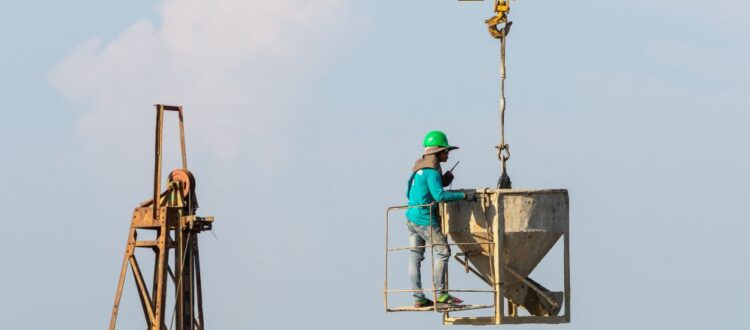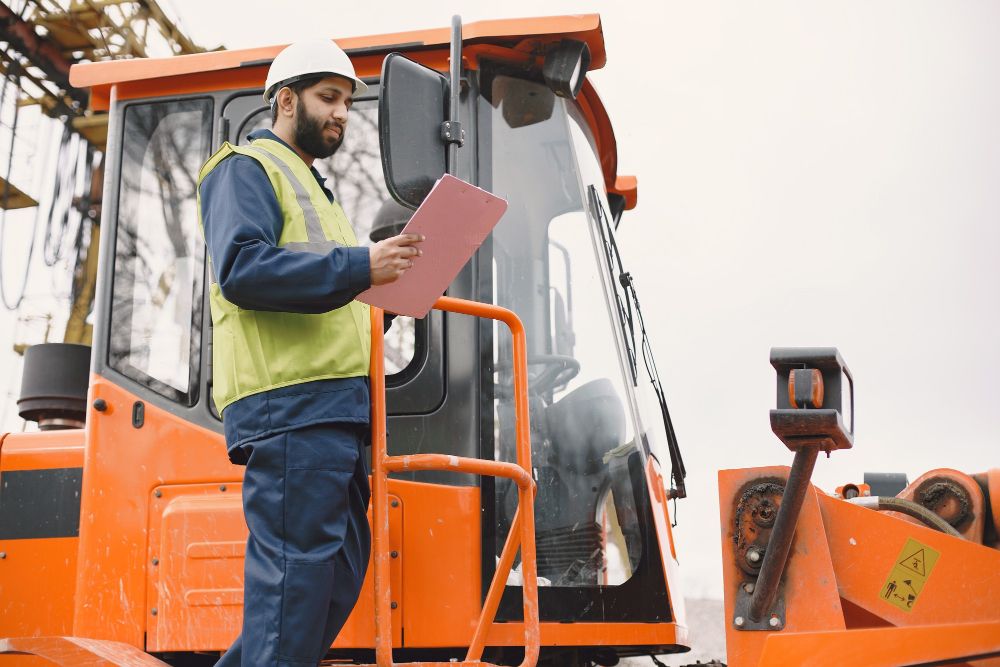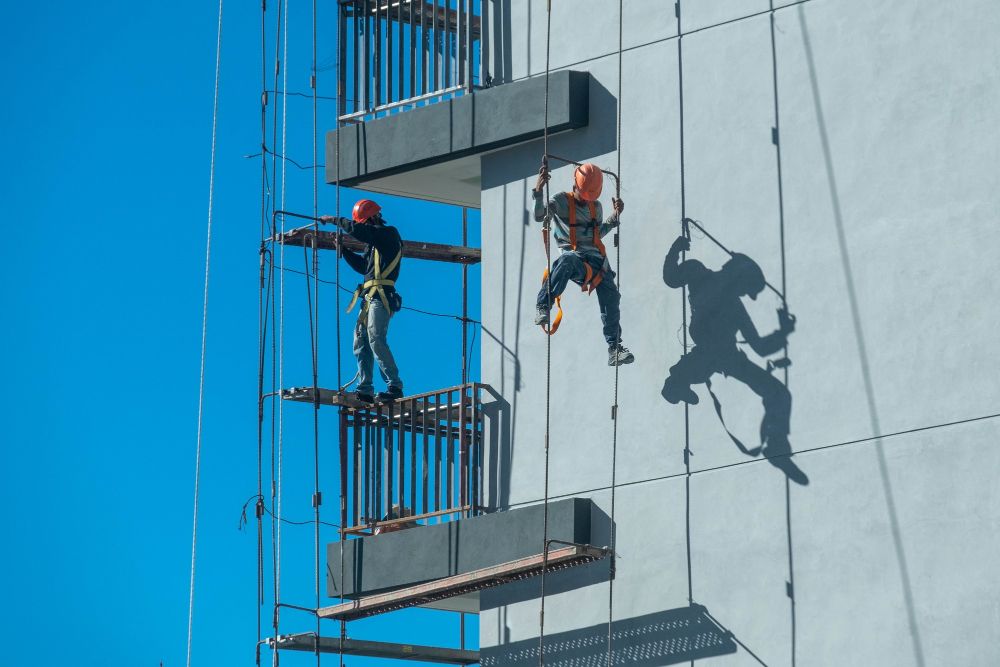Mastering Safety: A Complete Guide to WSQ Rigger and Signalman Tasks and Boom Lift Training
The construction and logistics industries involve high-risk tasks daily. From lifting heavy loads to operating machinery at heights, the margin for error is slim.
Hence, having certified professionals like rigger and signalman specialists and boom lift operators isn’t just a requirement, it’s a lifesaver.
Accidents caused by improper rigging, miscommunication, or unstable lifts can lead to injuries, delays, and legal penalties.
This article explains the critical roles of riggers, signalmen, and boom lift operators. We’ll also explore how WSQ training courses ensure compliance, reduce risks, and foster a culture of safety.
Understanding the Roles of Riggers, Signalmen, and Boom Lift Operators
In construction and industry, riggers, signalmen, and boom lift operators play vital roles in ensuring safe and efficient operations.
Each has specific responsibilities that contribute to the success of heavy lifting tasks. Here are the key tasks and importance of each role on the job site.
1. Rigger Tasks:
Riggers secure and move heavy loads using slings, ropes, cranes, hoists, pulleys and other lifting gear.
For example, when transporting steel beams on a high-rise site, riggers calculate load weights, select appropriate equipment, and ensure balance.
A single mistake here could destabilise a crane or drop materials.
2. Signalman Tasks:
Signal men are responsible for directing heavy equipment and load movements on construction sites, ensuring safety during lifting operations.
They communicate using hand signals or radios, working closely with crane operators and riggers.
By coordinating team movements, signal men enhance safety and efficiency, particularly in situations with limited visibility or complex maneuvers.
Without clear instructions, misalignment could damage goods or crush workers.
3. Boom Lift Operators:
Boom lift operators safely operate boom lifts for elevated tasks, such as in construction, maintenance, and repair work.
They also handle tasks at elevation, like repairing street lights or installing windows. A certified operator knows how to position the lift on uneven ground to avoid tipping.
Training ensures they navigate hazards like overhead power lines confidently.
WSQ Perform Rigger and Signalman Tasks Course:
Below are the details for Rigger and Signalman course:
Course Objective:
The course objective is to equip learners with the ability to prepare and secure loads for safe lifting. Another aim is to ensure participants can provide accurate signals to assist crane operators during load movements.
Who Should Attend?
- Individuals aspiring to or currently performing rigger and signalman roles.
- Site supervisors and engineers involved in lifting operations.
- Safety officers seeking to enhance their knowledge in lifting procedures.
Course Modules
- Preparation for Lifting Operations:
- Conducting pre-lift inspections and risk assessments.
- Understanding load characteristics and determining appropriate lifting methods.
- Communication Protocols:
- Mastering standard hand signals and radio communication techniques.
- Ensuring effective communication between the signalman and crane operator.
- Load Handling Techniques:
- Applying proper load securing methods.
- Calculating Safe Working Load (SWL) to prevent overloading.
Benefits of Certification
Certified riggers and signalmen can reduce accident risks, according to Singapore’s Workplace Safety and Health Council.
Plus, sites with trained teams report fewer delays and lower insurance premiums.(lowered risks of job site accidents)
Real-Life Example: For instance, on 4 November 2019, a tower crane’s jib buckled during a lifting operation, causing the load to fall and strike two workers, resulting in one fatality.
This underscores the importance of proper communication and hazard identification during such operations.
Boom Lift Course: Elevate Your Skills, Ensure Safety
Below are the details for Boom Lift course:
Course Objective
This training teaches operators to handle boom lift equipment safely with operational efficiency and emergency preparedness, even in complex environments. Topics include emergency protocols and stability checks.
The inclusion of stability checks and emergency protocols aligns with OSHA (Occupational Safety and Health Administration) and ANSI (American National Standards Institute) standards for aerial work platforms.
Who Should Attend?
- New operators and experienced professionals
- Maintenance staff and contractors
- Safety auditors overseeing elevated work
Course Modules
- Pre-operation checks and control familiarisation: Standard practice in boom lift training to ensure equipment is safe and functional before use.
- Navigating slopes, obstacles, and confined spaces: Advanced maneuvering skills are critical for safe operation in complex environments, as per ANSI A92.22 standards.
- Rescue procedures for equipment malfunctions: Emergency protocols, including rescue operations, are a key component of accredited training programmes.
Benefits of Certification
There are multifold advantages to acquire this specific WSQ certification:
Improved Safety: Certified operators are trained to handle boom lifts safely, reducing the risk of accidents. Proper training ensures operators are aware of potential hazards and the correct procedures to mitigate them.
Increased Productivity: Trained operators can perform tasks more efficiently, leading to enhanced productivity on job sites. While exact figures vary, certification contributes to more streamlined operations.
Real-Life Example: In October 2011, at Jurong Shipyard, a tragic incident occurred where a boom lift’s structural failure led to the deaths of two workers.
Investigations revealed that inadequate maintenance was a contributing factor. This underscores the critical importance of proper training and regular equipment inspections to prevent such accidents.
Key Safety Practices for Riggers, Signalmen, and Boom Lift Operators
Ensuring safety in lifting operations is paramount for riggers, signalmen, and boom lift operators. Adhering to established safety practices minimises risks and promotes a secure working environment.
For Riggers & Signalmen:
- Daily Equipment Inspections: Regularly examine all rigging equipment, such as slings and hooks, for signs of wear, damage, or corrosion. Replace any compromised components immediately to maintain safety standards.
- Pre-Defined Communication Protocols: Establish and agree upon clear hand signals or radio communication codes with crane operators before commencing any lifting operation. This ensures seamless coordination and reduces the likelihood of miscommunication.
-
High-Visibility Apparel: Wear high-visibility vests and position yourself within the crane operator’s line of sight to ensure clear visibility during operations.
For Boom Lift Operators:
- Ground Condition Assessment: Before operation, inspect the ground for stability, ensuring it is free from soft soil, debris, or other hazards that could compromise the lift’s stability.
- Mandatory Use of Fall Protection: Always wear a full-body harness and securely attach the lanyard to designated anchor points on the boom lift. This precaution is vital to prevent falls from elevated platforms.
- Adherence to Safety Mechanisms: Never bypass or disable safety controls, such as tilt sensors or alarms. These devices are designed to alert operators to potential hazards and prevent accidents.
Universal Tips:
- Attend refresher courses yearly.
- Report near-misses to improve protocols.
- Foster teamwork—safety is a collective responsibility.
Conclusion
Mastering rigger & signalman tasks and boom lift operations isn’t just about ticking compliance boxes. It’s about protecting lives, enhancing efficiency, and building a reputation for reliability.
Whether you’re a seasoned supervisor or a fresh graduate, WSQ certification empowers you to lead by example.
Ready to upskill? Enrol in a WSQ course today and transform your worksite into a safer, smarter environment. Contact THT Academy for your complete WSQ Rigger & Signalman and Boom Lift certification courses.
Remember, every signal, lift, and safety check brings us closer to zero accidents.





